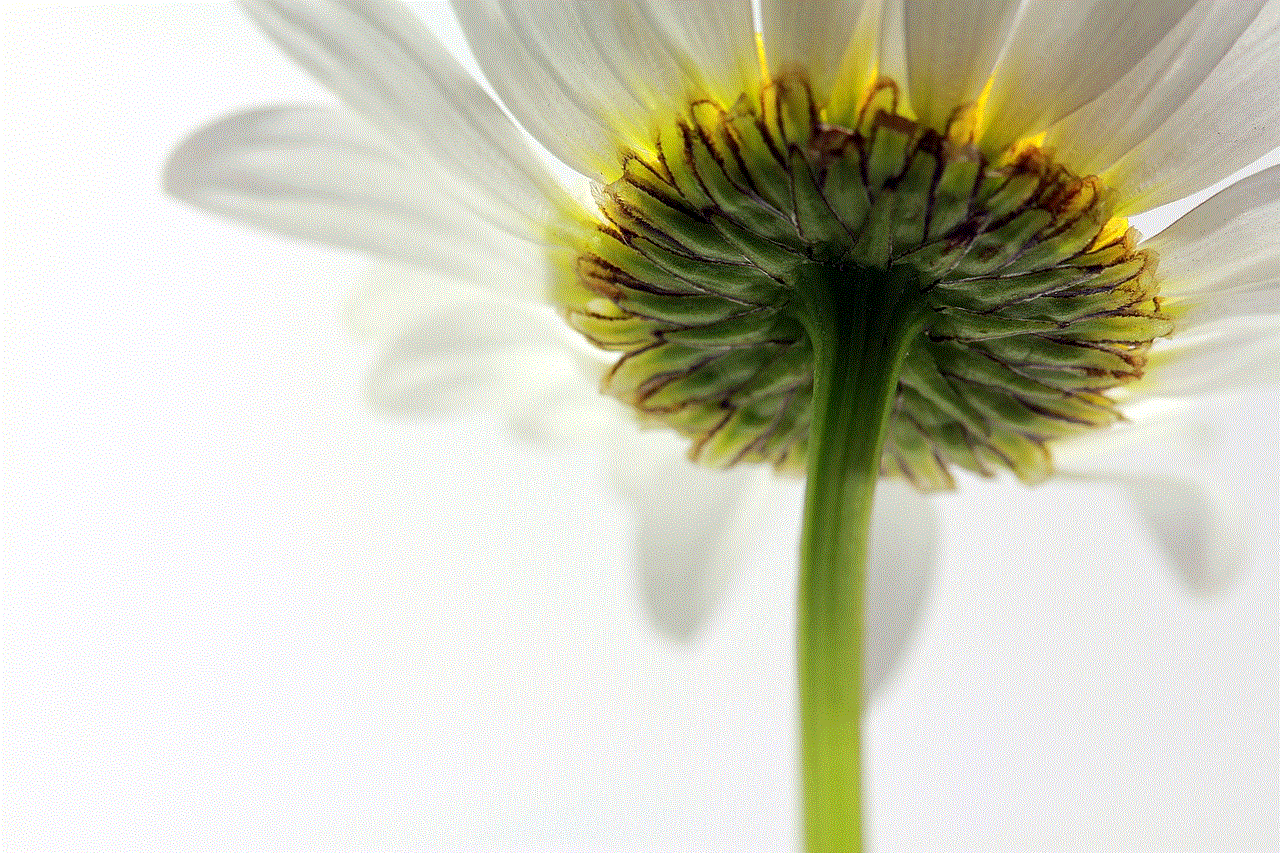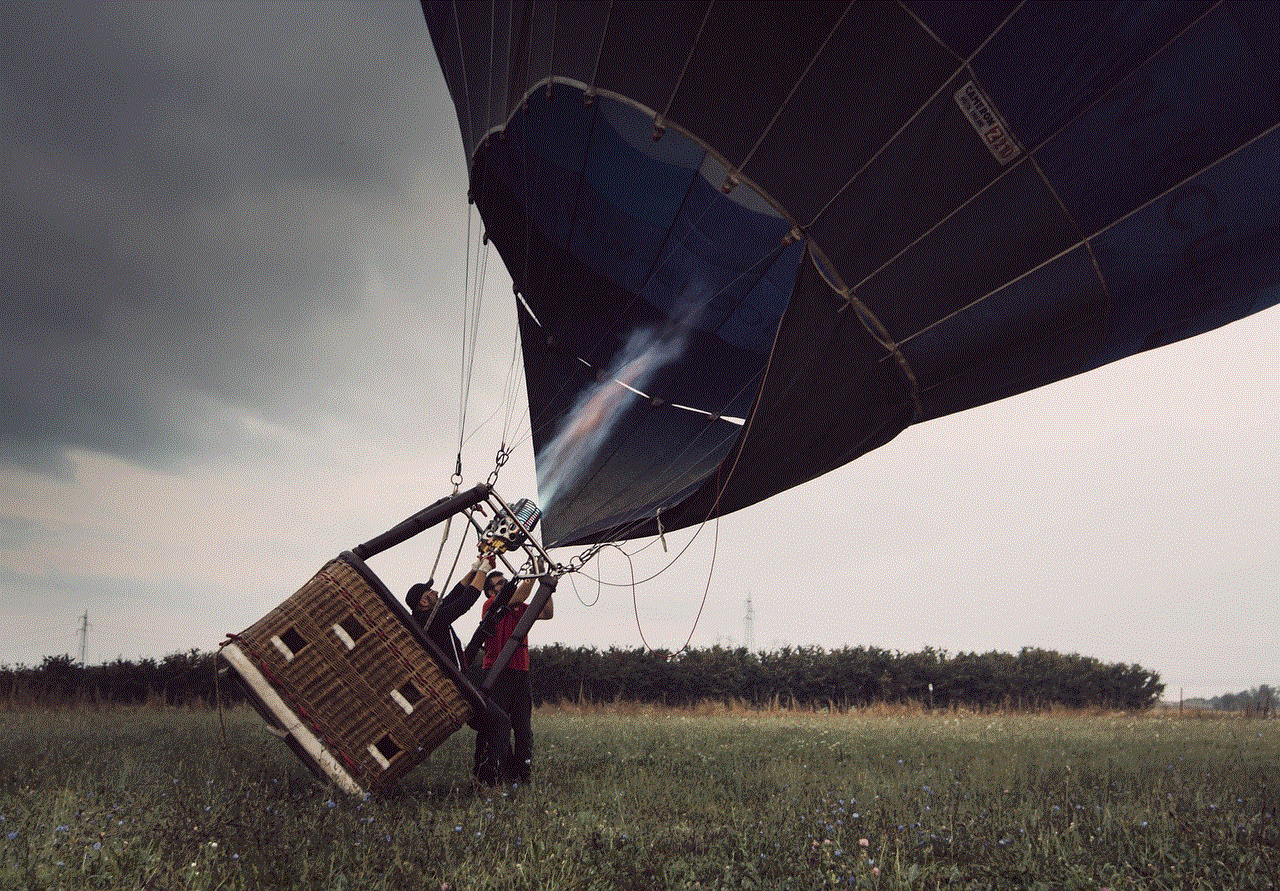how to learn ice skating
Ice skating is a popular winter sport that involves gliding on ice using special shoes with blades attached to the bottom. It is a fun and exhilarating activity that can be enjoyed by people of all ages and skill levels. However, learning how to ice skate can be a daunting task for beginners. It requires balance, coordination, and practice to master the techniques and become a proficient skater. In this article, we will discuss the steps to learning ice skating and provide some tips to help you improve your skills on the ice.
Step 1: Get the Right Gear
The first step to learning ice skating is to make sure you have the right gear. This includes a pair of ice skates, warm and comfortable clothing, and protective gear such as a helmet, knee pads, and wrist guards. It is important to choose the right size and type of skates for your feet to ensure a comfortable and secure fit. Skates that are too loose can cause blisters and discomfort, while skates that are too tight can restrict movement and cause pain. It is recommended to try on different skates and get professional help if needed to find the perfect pair for you.
Step 2: Learn the Basics
Before hitting the ice, it is essential to learn the basic techniques of ice skating. This includes how to stand, how to balance, and how to fall safely. The proper way to stand on ice skates is with your feet shoulder-width apart, knees slightly bent, and your arms out for balance. It is crucial to keep your weight on the balls of your feet rather than your heels to maintain control and stability on the ice. Balancing on skates may feel unnatural at first, but with practice, it will become second nature.
Learning how to fall safely is an essential skill in ice skating. Falling is inevitable, especially for beginners, but knowing how to fall correctly can prevent injuries. The best way to fall on ice skates is to bend your knees and sink to the ice, keeping your arms close to your body. This technique will help you avoid hitting your head or other body parts and reduce the impact on your body.
Step 3: Take Lessons
Taking lessons from a professional ice skating instructor is the most effective way to learn how to ice skate. They can teach you proper techniques, provide personalized feedback, and help you progress at a comfortable pace. Lessons are available for all ages and skill levels, and they are usually offered at ice skating rinks or schools. Instructors can also provide tips and tricks to help you improve your skills and prevent bad habits from forming. It is recommended to take lessons at least once a week to see significant progress.
Step 4: Practice, Practice, Practice
As with any skill, practice makes perfect. The more time you spend on the ice, the more comfortable and confident you will become. It is recommended to practice at least two to three times a week to see significant improvements. Practice different techniques, such as gliding, stopping, and turning, to become a well-rounded skater. Additionally, try to challenge yourself by learning new skills and pushing yourself out of your comfort zone. However, it is essential to listen to your body and take breaks when needed to prevent exhaustion or injuries.
Step 5: Focus on Balance and Posture
Balance and posture are crucial in ice skating. Without proper balance, it is challenging to maintain control and perform certain techniques. It is essential to keep your body upright and your core engaged while skating. This will help you stay stable and prevent falls. Additionally, focus on keeping your head up and looking straight ahead rather than down at your feet. This will help you maintain balance and improve your overall posture.
Step 6: Master the Basics
Once you have mastered the basic techniques of ice skating, it is time to move on to more advanced skills. These include crossovers, spins, and jumps. Crossovers involve crossing one foot over the other while gliding, which helps you turn and change directions smoothly. Spins involve rotating your body while in motion, and jumps involve launching yourself off the ice and landing gracefully on one foot. These skills require practice and patience to master, but they are what make ice skating an exciting and challenging sport.
Step 7: Learn Proper Stopping Techniques
Stopping is an essential skill in ice skating, and there are different techniques you can use to stop on the ice. The most common way to stop is by doing a snowplow stop, which involves turning the toes of your skates inward and pushing them out to create a snowplow shape with your feet. Another technique is the hockey stop, which involves turning your body and skates to create a T-shape and using your edges to stop. It is essential to learn and practice different stopping techniques to ensure your safety and the safety of those around you on the ice.
Step 8: Take Care of Your Skates
Having a well-maintained pair of skates is crucial for a successful and enjoyable ice skating experience. Make sure to dry your skates thoroughly after each use to prevent rusting and keep the blades sharp. If you notice any damage or dullness on your blades, take them to a professional to get them sharpened or repaired. Additionally, it is recommended to have a separate bag or cover for your skates to protect them when not in use.
Step 9: Join a Skating Group or Club
Joining a skating group or club is an excellent way to meet other skaters, improve your skills, and have fun. Skating groups often organize events and activities such as group lessons, social skates, and competitions. It is a great way to stay motivated and learn from others who share the same passion for ice skating.
Step 10: Have Fun!
Last but not least, remember to have fun while learning how to ice skate. It is a challenging sport, but it is also a fun and exciting one. Don’t get discouraged if you fall or struggle with certain techniques. With patience, practice, and determination, you will see significant improvements and become a proficient skater in no time.
In conclusion, learning how to ice skate takes time, dedication, and practice. It is essential to have the right gear, learn the basic techniques, take lessons, and practice regularly to become a proficient skater. By following the steps outlined in this article and staying committed, you will be gliding gracefully on the ice in no time. So put on your skates, hit the ice, and enjoy the thrill of ice skating!
thanksgiving art for toddlers
Thanksgiving is a time for family, friends, and giving thanks for all the blessings in our lives. It is also a time for creating memories and traditions with our loved ones. For parents with toddlers, Thanksgiving can be a wonderful opportunity to introduce them to the holiday and engage them in fun and meaningful activities. One of the best ways to do this is through Thanksgiving art for toddlers. Not only does it allow them to express their creativity, but it also teaches them about the holiday and its significance. In this article, we will discuss some easy and fun Thanksgiving art ideas for toddlers that will make this holiday season even more special.
1. Handprint Turkey
One of the most iconic symbols of Thanksgiving is the turkey. Toddlers can create their own version of this bird with a simple handprint turkey craft. To make this, you will need some construction paper in fall colors like brown, orange, red, and yellow. You will also need some googly eyes, glue, and scissors. Start by tracing your toddler’s hand on the construction paper and cutting it out. Then, help your toddler glue the handprint on a separate piece of paper, with the fingers pointing down. Next, cut out a small triangle from the orange paper for the beak and a small heart shape from the red paper for the wattle. Glue these onto the thumb of the handprint to create the turkey’s face. Finally, add the googly eyes to complete the turkey. This simple and cute craft will not only keep your toddler entertained but also make for a great decoration for your Thanksgiving table.
2. Thankful Tree
Thanksgiving is all about giving thanks, and what better way to do that than with a thankful tree. This art activity is not only fun but also teaches toddlers the importance of gratitude. To make a thankful tree, you will need some brown construction paper, a variety of fall-colored construction paper, scissors, and glue. Start by cutting out a tree trunk shape from the brown paper and gluing it onto a larger piece of paper. Then, cut out leaf shapes from the fall-colored paper. You can either pre-cut these for your toddler or let them practice their cutting skills. Next, ask your toddler to think of things they are thankful for and write them on the leaves. They can write words or draw pictures, depending on their age and ability. Then, help them glue the leaves onto the tree branches to create a beautiful tree full of gratitude.



3. Pumpkin Painting
Pumpkins are another popular symbol of Thanksgiving. Instead of carving a pumpkin, which can be messy and dangerous for toddlers, why not try pumpkin painting? This art activity is perfect for toddlers as it allows them to explore and experiment with colors and textures. To start, you will need some small pumpkins, washable paint in fall colors, paintbrushes, and some newspaper to protect your work surface. Let your toddler go wild with the paints, encouraging them to mix and blend the colors. You can also add some glitter or sequins for some extra sparkle. Once the pumpkins are dry, they can be used as decorations around the house or displayed on your Thanksgiving table.
4. Native American Headband
Thanksgiving is also a time to remember and honor the Native American culture. This art activity is a great way to introduce your toddler to this culture while also making a fun accessory. To make a Native American headband, you will need some construction paper in different colors, scissors, glue, and some feathers. Cut a strip of paper to fit around your toddler’s head and glue the ends together to create a band. Then, cut out feather shapes from the colorful paper and glue them onto the band. You can also add some beads or glitter for extra decoration. Once the headband is complete, your toddler can wear it proudly and learn about the significance of feathers in Native American culture.
5. Corn Collage
Corn is a staple food at Thanksgiving, and it also makes for a great art material. For this activity, you will need some dried corn kernels, white glue, and a piece of paper. Start by pouring some glue onto the paper and let your toddler use their fingers to spread it around. Then, have them place the corn kernels onto the glue to create a colorful collage. This activity not only allows toddlers to explore different textures but also teaches them about the importance of corn in the Thanksgiving feast.
6. Paper Plate Turkey
Another fun and easy craft for toddlers is making a paper plate turkey. For this craft, you will need a paper plate, some construction paper, scissors, glue, and googly eyes. Start by cutting out the shape of a turkey’s head and body from the construction paper. Then, have your toddler glue these onto the paper plate. Next, cut out some feather shapes from different colored paper and let your toddler glue them onto the back of the plate. Finally, add the googly eyes to the turkey’s face. Your toddler will love making this cute and colorful turkey to display around the house.
7. Handprint Wreath
Wreaths are a popular decoration for Thanksgiving, and your toddler can make their own version with a handprint wreath. For this craft, you will need some colored construction paper, scissors, glue, and a paper plate. Start by cutting out the center of the paper plate to create a wreath shape. Then, trace your toddler’s hand on different colored paper and cut out multiple handprints. Help your toddler glue these handprints onto the wreath to create a colorful and unique wreath. You can also add some glitter or sequins for some extra sparkle.
8. Pinecone Turkey
Pinecones are abundant during the fall season, and they make for a great material for Thanksgiving art. To make a pinecone turkey, you will need a pinecone, some construction paper, googly eyes, glue, and scissors. Start by cutting out a turkey’s head and body from the construction paper and gluing them onto the pinecone. Then, add the googly eyes and a beak cut out from orange paper. Next, cut out some feather shapes from different colored paper and glue them onto the pinecone to create the turkey’s tail. You can also add some pipe cleaners for the turkey’s feet. This cute and simple craft will keep your toddler entertained and make for a great decoration.
9. Handprint Cornucopia
The cornucopia is a symbol of abundance and a popular decoration for Thanksgiving. Your toddler can create their own version with a handprint cornucopia. For this activity, you will need some colored construction paper, scissors, glue, and your toddler’s handprint. Start by cutting out a cornucopia shape from the construction paper and gluing it onto a larger piece of paper. Then, have your toddler dip their hand in different colored paints and make handprints around the cornucopia to create the fruits and vegetables overflowing from the cornucopia. This activity not only allows toddlers to express their creativity but also teaches them about the bountiful harvest associated with Thanksgiving.
10. Potato Stamp Corn
Potato stamping is a classic art activity that toddlers love. For this Thanksgiving-themed craft, you will need a potato, a knife, paint, and paper. Cut a potato in half and carve out the shape of a corn cob on one side. Then, let your toddler dip the potato in paint and stamp it onto the paper to create a corn cob. They can also use different colors to create a colorful cornfield. This simple and fun activity will keep your toddler entertained while also teaching them about corn and its significance in Thanksgiving.



Thanksgiving art for toddlers is a fun and engaging way to introduce them to the holiday and its traditions. These activities not only allow toddlers to express their creativity but also teach them about gratitude, giving thanks, and the symbols associated with Thanksgiving. So, this holiday season, gather your little ones and try out some of these easy and fun art ideas to make some beautiful memories together. Happy Thanksgiving!
